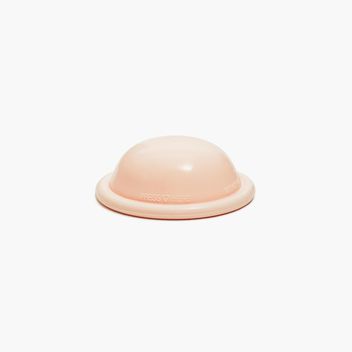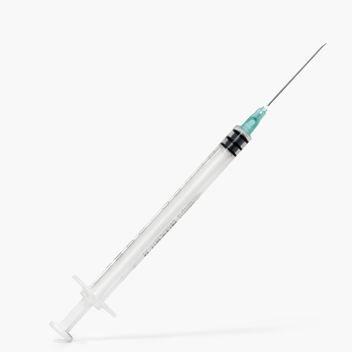How do I get the birth control patch?
The patch is easy to get, but you need a prescription. Here’s the info you need on where to get the patch, how much it costs, and how you may be able to get it for free or low cost.
How much does the birth control patch cost?
Prices vary depending on whether you have private health insurance, or if you qualify for Medicaid or other government programs that cover the cost of the patch.
One pack has 3 patches and lasts for 1 month (or 3 weeks, if you choose to use the patch to skip your period). One pack of patches can cost anywhere from $0-$150. But the patch is totally free with most health insurance plans, or if you qualify for some government programs that pay for birth control.
You may also need to pay for an appointment with a doctor or nurse to get a prescription for the patch. This visit can cost anywhere from $35–$250. But most insurance plans cover doctor’s visits that are related to birth control. Learn more about health insurance and birth control.
If you’re worried about cost, check with your local Planned Parenthood health center to find out if they can hook you up with birth control that fits your budget.
How can I get the patch for free?
There’s a good chance you can get low-cost or free birth control patches if you have health insurance. Because of the Affordable Care Act (aka Obamacare), most insurance plans must cover all methods of birth control with little or no cost to you, including the patch. Your health insurance provider can tell you how much it will cost, and your nurse or doctor may also be able to help you get your birth control covered. Learn more about health insurance and affordable birth control.
If you don’t have health insurance, you’ve still got options. Depending on your income and documentation status in the U.S., you could qualify for Medicaid or other government programs that can help you pay for birth control and other health care.
Planned Parenthood works to provide the services you need, whether or not you have insurance. Most Planned Parenthood health centers accept Medicaid and health insurance. And many charge less depending on your income. Contact your local Planned Parenthood health center for more information.
Where can I get the birth control patch?
You need a prescription for the birth control patch. You can get a prescription from a doctor or nurse at a doctor’s office, health clinic, or your local Planned Parenthood health center. In some places, you can get a prescription through the Planned Parenthood Direct app or directly from a pharmacist.
During your visit, a nurse or doctor will talk with you about your medical history, check your blood pressure, and give you whatever exams you may need. Most people don’t need a pelvic exam in order to get the patch. Your nurse or doctor will help you decide what’s right for you based on your health history.
You may be able to get your birth control patches right away during your appointment. Or you’ll get a prescription from the nurse or doctor, and you’ll go pick up your patches at a drugstore or pharmacy.

 Abstinence
Abstinence
 Breastfeeding
Breastfeeding
 Cervical Cap
Cervical Cap
 Condom
Condom
 Diaphragm
Diaphragm
 FAM
FAM
 Female Condom
Female Condom
 Implant
Implant
 IUD
IUD
 The Patch
The Patch
 The Pill
The Pill
 The Ring
The Ring
 The Shot
The Shot
 Spermicide
Spermicide
 Sponge
Sponge
 Sterilization
Sterilization
 Vasectomy
Vasectomy
 Withdrawal
Withdrawal